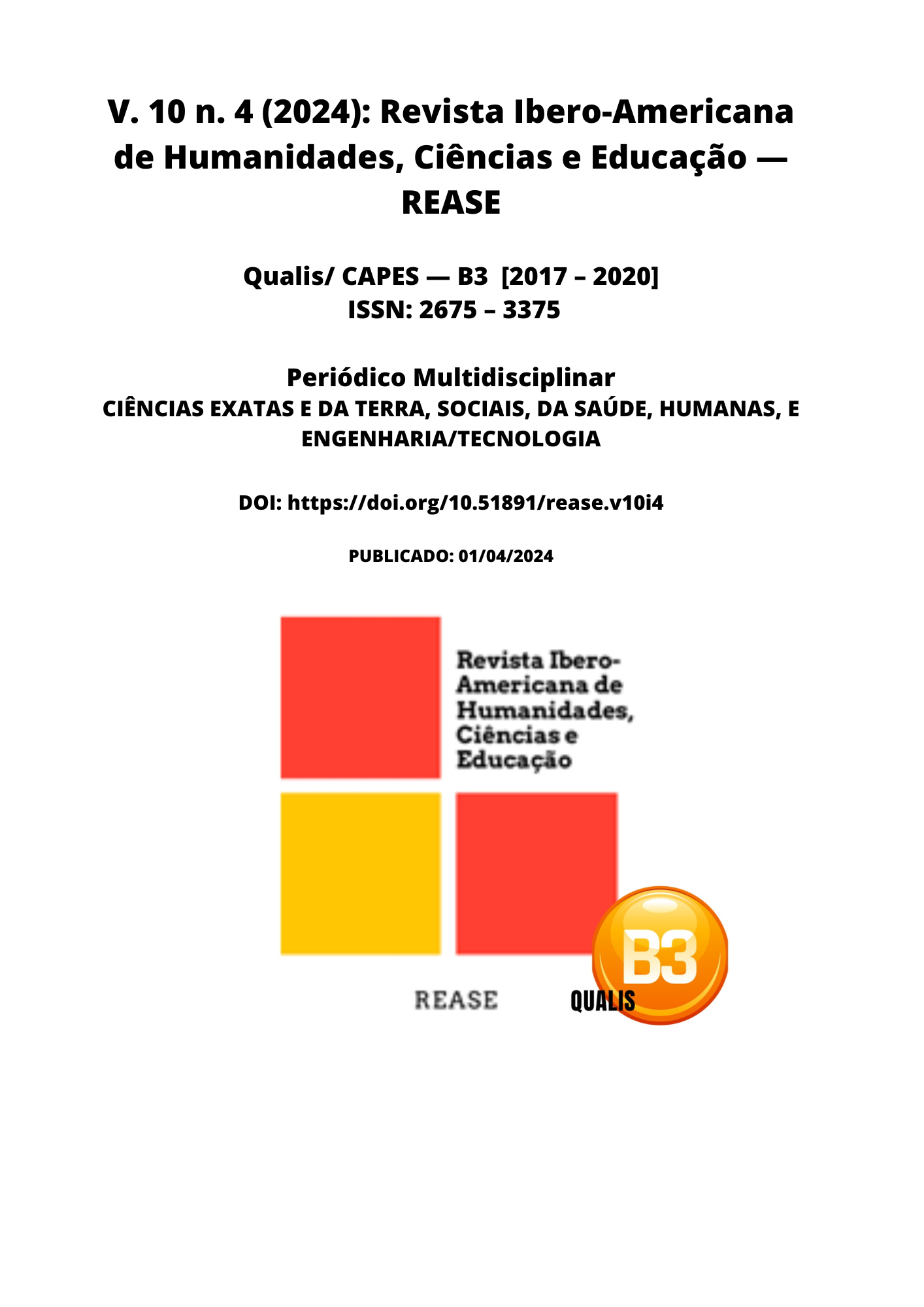ITBI - TAX ON TRANSMISSION OF REAL ESTATE: RELEVANT ASPECTS
DOI:
https://doi.org/10.51891/rease.v10i4.13576Keywords:
Real Estate Transfer Tax. Tax law.Abstract
The relevance of taxes stands out since they constitute the largest source of revenue for the public treasury and there is no citizen who is not subject to paying them when living in society. Among the various taxes provided for in the Brazilian legal system is the ITBI - Goods and Real Estate Transfer Tax. This work aims to provide a detailed study on the institution rules and competence for implementing the collection of this tax, as well as an analysis of relevant aspects, such as the establishment of rates based on the market value of the asset or property, the criteria for exemption or differentiated rates, the historical evolution of the means of collection, the material, temporal, spatial, personal and quantitative aspects to be considered for charging this tax, among others. To support this research, bibliographical research was used, through an orderly survey of data collection, based on jurisprudence, doctrine, articles and publications, which addressed the topic not only from a legal perspective, but also from a social perspective. and economic, so that a systematic analysis on the topic could be achieved.
Downloads
Downloads
Published
How to Cite
Issue
Section
Categories
License
Atribuição CC BY

